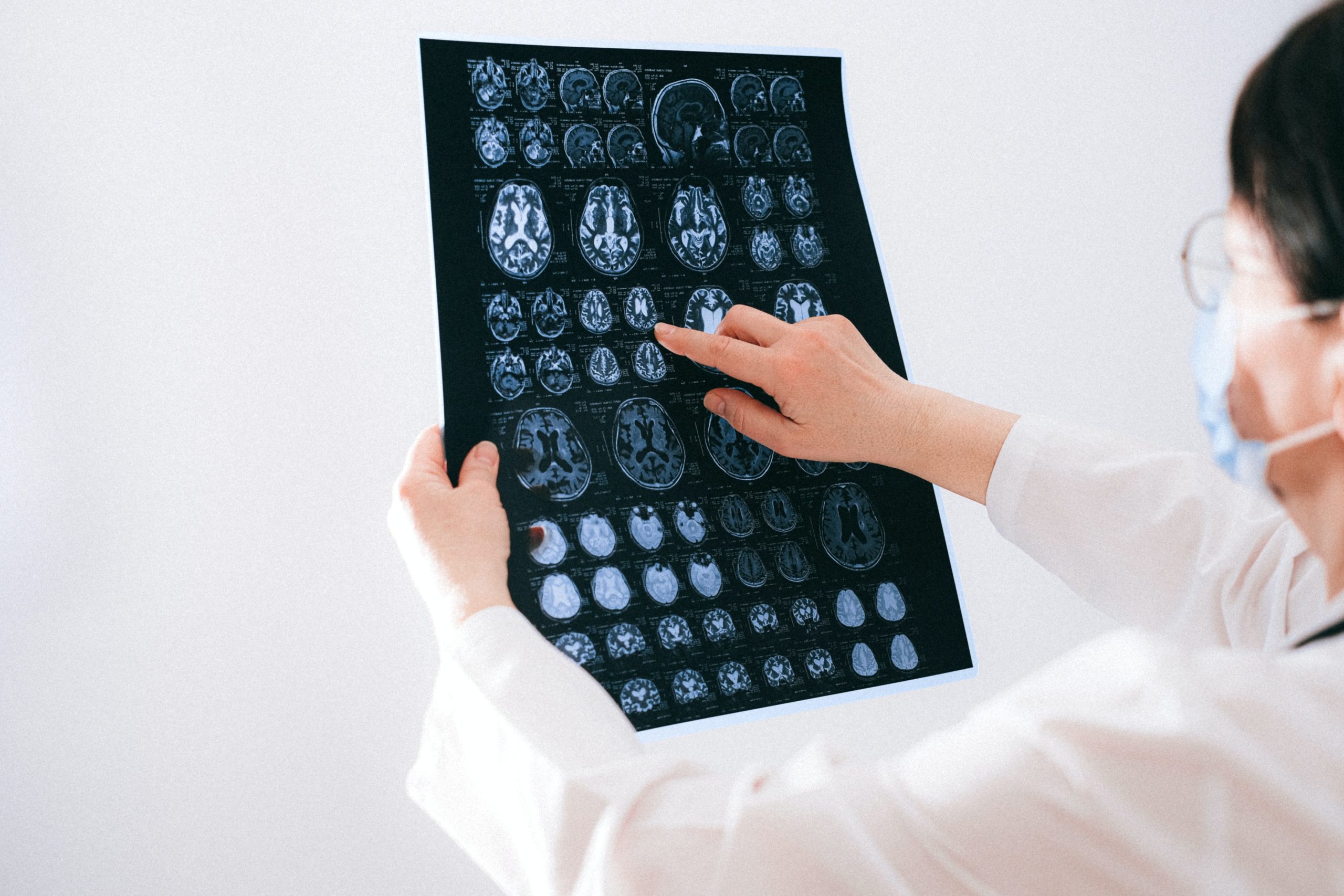There are several types of brain cancer that an MRI scan may pick up on. However, it takes professional insight to discover those brain cancers while doctors can still make a difference and potentially save the patient’s life. One of these insidious and difficult-to-detect cancers is known as a glioma. As The Mayo Clinic informs us, glioma happens in the gluey, glial cells that act as a supportive layer for most of the brain. In fact, according to Scientific American, glial cells make up as much as 90% of all the cells inside the human brain. When these glial cells start dividing uncontrollably, they lead to the formation of brain tumors, which is how glioma presents to physicians.
Glioma can come in several different grades, and if left to itself, it can be fatal. Figuring out what grade of glioma a patient has is crucial to planning out a treatment methodology. Physicians can attack cancer in several ways, from chemotherapy to invasive surgery. MRI is an essential part of helping physicians work out what grade of glioma they’re dealing with. Unfortunately, MRI scans can be challenging to read, and in a situation like this, the wrong conclusion could prove fatal to the patient.
Machine Learning to the Rescue
Artificial intelligence has already made itself a crucial centerpiece of several industries. In the medical field, it’s proving its worth in several ways, one of which is the interpretation of MRI images. A study published by the IEEE makes mention of a machine learning system that can determine the grade of glioma from MRI images. Glioma grading operates on a scale of one to four, based on where in the brain, they occur and how easily they spread. Grade 1 and 2 grow slowly and are referred to as low-grade gliomas. Grades 3 and 4 (high-grade glioma) propagate rapidly and may recur even after treatment. Low-grade glioma may evolve into high-grade glioma give enough time. To help the machine learning agent classify the glioma, researches used a methodology known as radiomics.
What is Radiomics?
Radiomics is a field of study that takes raw data from several electronic means and utilizes artificial intelligence to build models for professional analysis. The study used radiomics to help the machine learning agent build the models and then classify them based on the grade of glioma it detected. Machine learning is an iterative process whereby the system takes in data and then generates results. It then takes feedback to correct itself automatically and create better results in the future. The more data that the machine learning agent gets, the more accurate the diagnosis it offers will be.
AI May Bring Better Treatment
Based on the accuracy of the results and the methodology researchers used, it’s likely that the machine learning agent could prove to be a valuable asset in our battle against brain cancer. Gliomas are almost always fatal, and having a tool that can help doctors not only discover them but figure out a methodology for treatment is groundbreaking. As the machine learning agent gets more data, it will deliver better results. The future of cancer diagnosis may be entangled in a simple self-teaching artificial intelligence agent.

